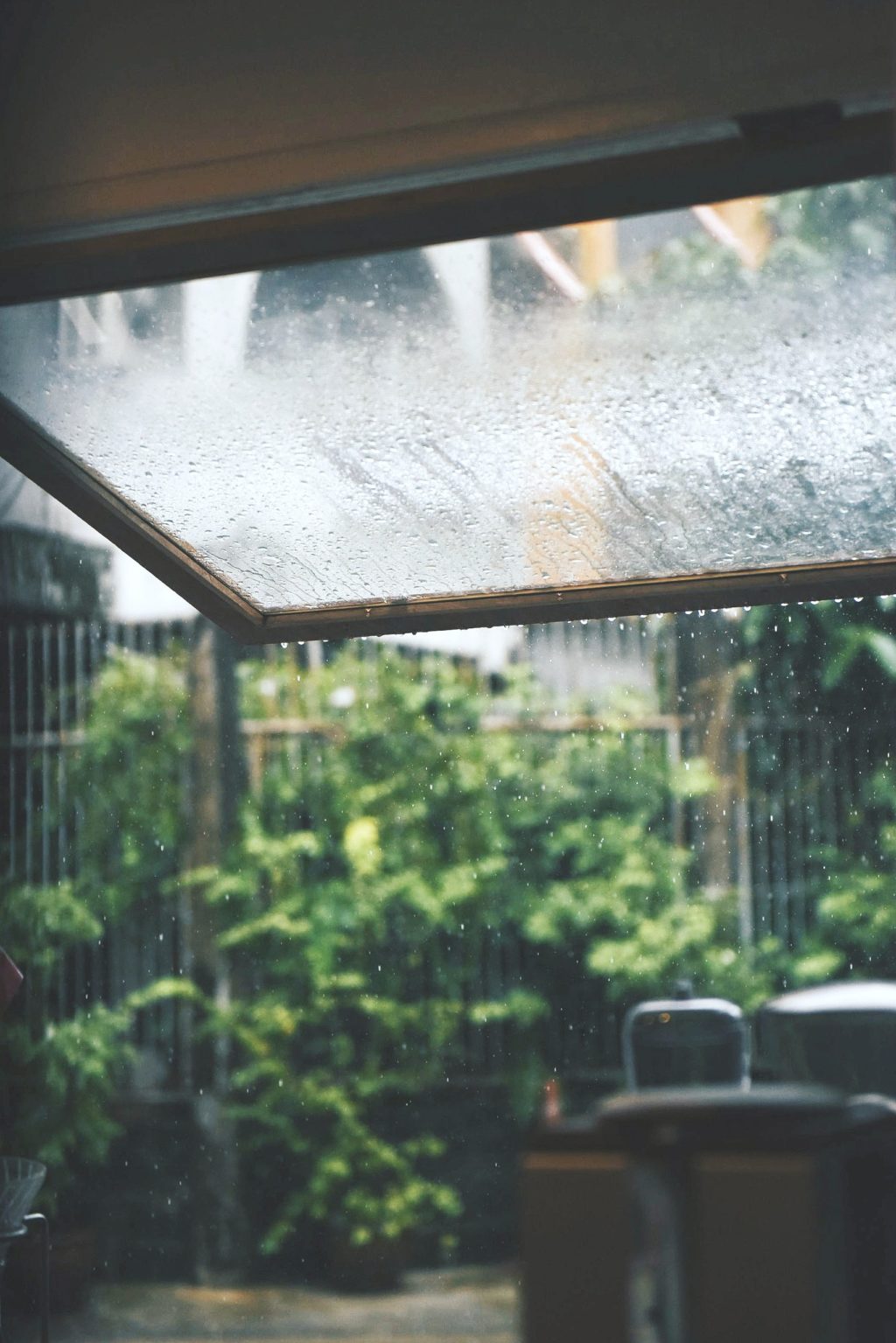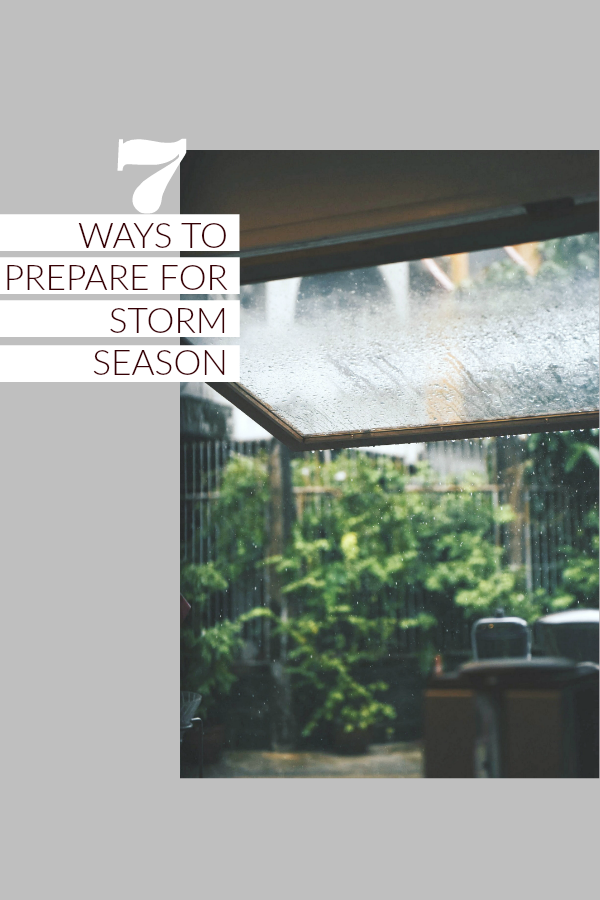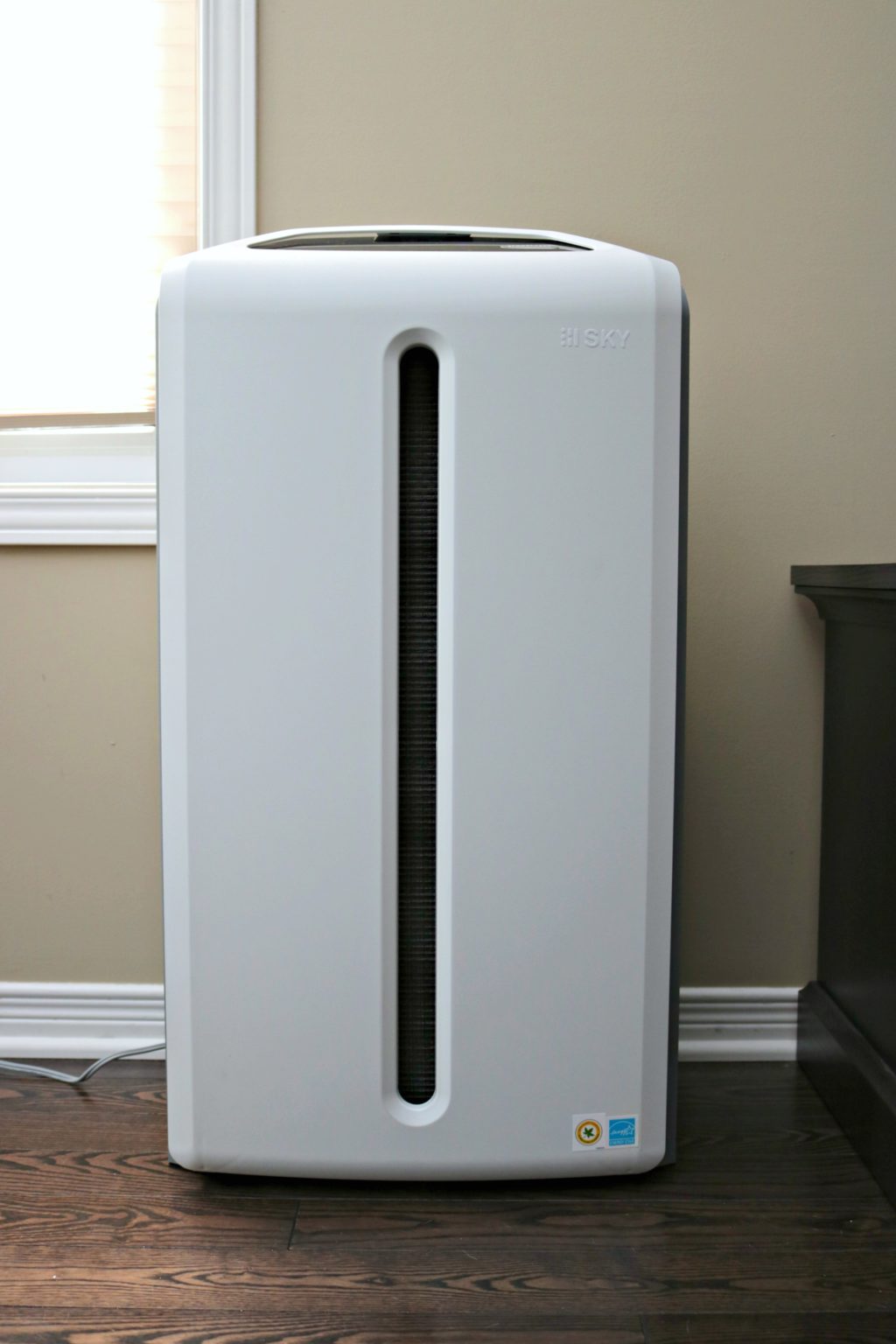7 Ways to Prepare for Storm Season

Ways to Prepare for Storm Season
Summer and fall can bring about some lovely changes to the weather. From blissful sunny days to the ever-changing colour of the tree’s leaves. However, for many parts of the country, they are also the seasons during which the weather can get pretty tumultuous.
In particular, we’re talking, of course, about storms.
Here, we’re going to look at a few pre-storm checks and post-storm reactions to ensure that your home is kept as safe as possible.
Consider Where Your Water is Going
Intense levels of rainfall cause the majority of the danger during a storm. If your home has never been through that kind of downpour before, then it’s important to know that water can flow away from the home.
Changing the grade of the ground around the home so that water can flow into a ditch, drain, or another retention area is always a good idea.
Similarly, you should ensure that your sump pump is working effectively to stop the basement from flooding.
Some other tips include using downspout leaders that lead to several feet away from the home. This is to stop the water from them from getting into the foundation.
Also, make sure that garden beds are positioning further from the home as they tend to hold excess water that can head for the foundation.
Take care of the roof
Both the wind and the rain are going to pelt on the roof. It’s easy for loose tiles to come flying free. Even worse, some flying debris can crack or break shingles entirely.
The best way to prevent this is to have a roof repair professional come out to check it yearly.
They can highlight and fix any existing issues, or let you know when your roof is due for a replacement. If your roof is left to languish, then you could be opening a hole in the top of the home.
A perfect route for rain to get through, causing rot, mold, and water damage from the top of the home down.
Take your mind off the gutter
Your roof doesn’t have to be damaged for leaks to start coming in from the top, either. Your gutters could be just as much of a danger if you don’t take proper care of them.
Leaves, dirt, twigs, and other debris can all start to clog up the gutter. Meaning that rainwater can’t go down the downspout.
This water will then look for the path of least resistance which, unfortunately for you, might be beneath the tiles of the roof. Make sure that you give your gutters a good clean at least once a month.
Especially after any particularly windy weather. If you can’t reach it yourself, hire a professional to be safe.
Check If Anything’s Loose
This next tip is an important way to prepare for storm season. Take a look around the exterior of the home and make a note of anything that’s loose. If you hear that a storm is coming, do what you can to relocate or secure items.
Ones that the wind might pick up and throw around. Needless to say, flying objects can cause a lot of damage to the home, to your vehicles, or to anyone who might have the misfortune of being out during a storm.
For things like garden furniture, it’s wise to move them indoors or into a shed. Check your garden fence for any loose boards too. Consider replacing your old fence if it is showing more loose boards than it has firm ones.
Tend to Your Garden
Your tree might be a gorgeous source of solace against the wind. It also does add plenty of elegant curb appeal to your home, but it could also be a danger lying in wait.
When the winds start kicking up, untended trees will lose twigs and branches.
These can do plenty of damage simply by flying around, but they can also wear and tear on your roof and start clogging up your gardens.
If you’re anticipating bad weather, then you should consider hiring a tree surgeon to ensure that your trees are kept in good condition.
However, the best approach is simply to make sure you don’t have any trees or high bushes or hedges near the roof of the home.
Know Who to Call
Sometimes, all your preparatory efforts can be undone. Worse, you can miss a serious weakness in your home. You could suffer severe roof damage and a lot of water exposure because of that. On top of that, water can backflow into the home and flood. The water damage this can do is severe.
You need to be able to act quickly on it.
Finding your local water damage restoration company and keeping their contact details saved just in case is a wise move. The quicker you are able to rescue your belongings, isolate the damaged areas, and get the repairs done, the better.
Otherwise, rot and mold can spread throughout the home. Believe me, this will only increase the costs of fixing it all in the end.
Make Sure You’re Covered
Of course, if you do suffer from any damages, you shouldn’t be paying for the majority of it. Especially if you have your financial protections set up properly.
It’s important to take another look at your homeowners’ insurance and to make sure that you’re covered against not just storm damage but some of the other risks of flooding.
For instance, storm damage coverage and coverage against backflow flooding are not always the same thing according to insurance providers. Even if the backflow is caused by excessive rainfall.
The one type of flooding rarely covered by insurance is that caused by slow leaks, so don’t worry too much about that. Just make sure that you have the essential water damage coverage in place.
You May Also Like:
- How To Make Your Home Ready for a BBQ
- First Aid Kit Preparedness for March Break & Beyond
- How to Choose the Best Generator for Your Home
- 7 Tips to Protect Your Home from Flooding & What to Put in Your Emergency Kit
Doing what you can to prevent storm damage is essential, but it’s also crucial that you know how to react if any damage is done. Hopefully, these ways to prepare for storm season see you weathering the storm without too much cost.
What are the ways to prepare for storm season that you suggest?
Let me know, til then–cheers m’deres!

PIN FOR LATER:


Nancy Polanco is a freelance journalist, lifestyle content creator, and editor of Whispered Inspirations. She is a proud Mom to Gabby and Michaela and partner and best friend to Darasak. Having worked as part of a health care team for almost a decade, Nancy is happy to be back to her passion. She is a contributor to the Huffington Post, TODAY’s Parents, and an Oprah Magazine Brand Ambassador.







Good to know in advance of storm season, so it’s less stressful if something goes wrong!
Yes, always good to be prepared.
Thank you for the tips, its been raining here in Nova Scotia all day, no let up.
Wow!
Always good to be prepare as we are getting more wind storm with large hails.
They do seem to be happening a lot more lately!
Thanks for sharing all these great tips,we really need to be prepared.
It is always a good idea, that is for sure.
May I also suggest also having at least 2-3 days of emergency supplies on hand at all times as well; from food (I like MRE’s, they may not taste the best, but they are light and easy to carry), water, first aid kit, fire starter and heat sources, blankets, change of clothing, etc. When everything else fails, you have the basic minimums in case you are evacuated or have to bunker down.
This is such a great idea, thank you for your suggestions.
More than just having stuff, most people really need to know what to do & where to go if they have any issues. Thanks for sharing.
Yes, you are right.